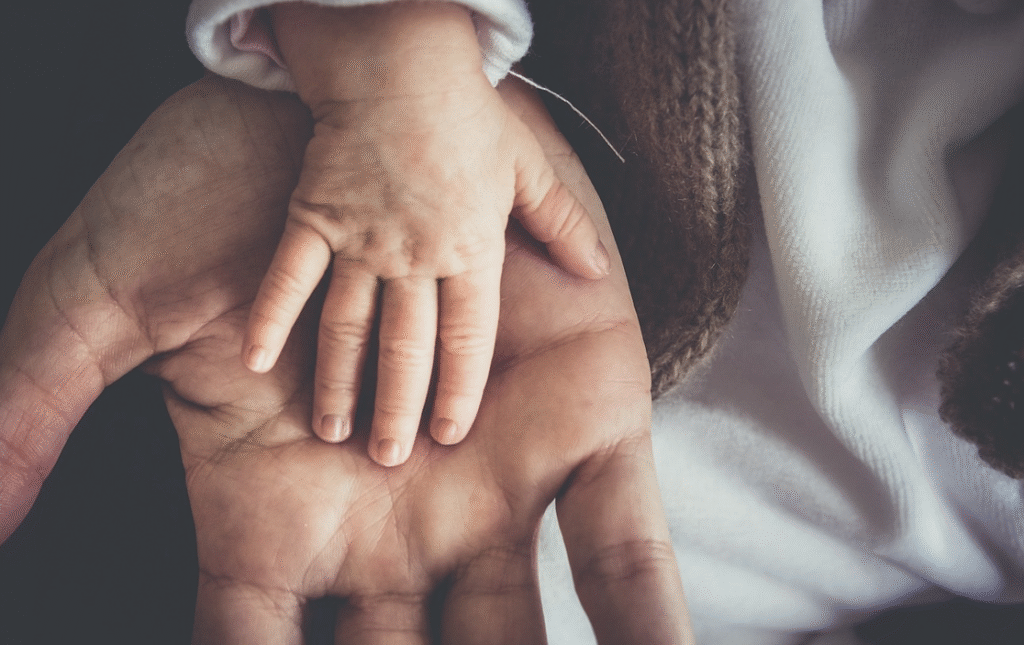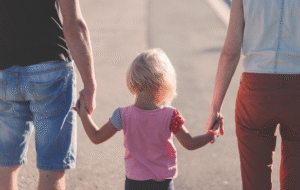More than just ideals, inclusion and cognizance are crucial life abilties in the fast converting international of today. As mother and father, instructors, and other caregivers, we have an effect on our children’ views approximately the world and its population. The subject matter of know-how, respecting, and supporting people with disabilities is one of the most influential discussions you could have together with your child.
Talking to kids about disability isn’t about delivering a perfectly scripted lecture-it’s about building a foundation of empathy, challenging stigma, and encouraging compassion. Children are not born biased-they take in what we show, say, and avoid. This is why it’s essential to speak overtly, respectfully, and obviously while disability comes up in actual lifestyles or media.
This guide offers age-appropriate strategies, real-life examples, and practical advice for navigating these conversations with clarity, compassion, and confidence.
1. Why should parents talk early about disability
Children begin to look at differences as an antique of 2 to a few years. When they see a person using wheelchairs, talking with one tool or behaving in a different way, they become easily curious. Silence, Shhush or average these moments send the message that the distinction is unpleasant or “should no longer be talked about.”
Instead, the first conversation develops youth in adults, who not only tolerate diversity, but actively cost and they are doing well.
According to a report that uses UNICEF, Destiny reduces early training and preliminary contact for language.
2. Normalize disability in everyday life
Representation case. Your child should regularly look at people with disabled people who represent in books, which they are investigating, they show that they see, and local communities they only interact as aspect characters or examples of donations to local communities, even though they are valuable, strong, everyday people.
Tips to Normalize Disability:
Read inclusive picture books and chapter books featuring children with visible and invisible disabilities.
Choose shows that include characters with autism, hearing impairments, mobility devices, or chronic conditions.
Use real-world moments (like seeing a person with a guide dog) to naturally open discussion.
Your message should be clear: Disability is one form of diversity, not something strange or shameful.
3. Use Honest, Clear, and Age-Appropriate Language
Children ask direct questions. “Why is that girl in a wheelchair?” “Why can’t that boy talk?” Instead of saying “Shh!” or changing the subject, use these as teachable moments.
Examples by Age:
Toddlers & Preschoolers (Ages 2–5):
Keep explanations simple and kind.
“She uses a wheelchair because her legs work differently. It helps her move around.”
Early School Age (Ages 6–9):
Add a little detail.
“Some people’s muscles or nerves don’t work the same way. That chair helps her stay independent.”
Tweens & Teens (Ages 10+):
Go deeper. Discuss access, equality, and ableism.
“People with disabilities have often been excluded, but they deserve the same rights and respect as anyone.”
Let them ask follow-up questions. If you don’t know the answer, say, “Let’s look it up together.” This models open learning, not fear or discomfort.

4. Use Person-First and Identity-Respectful Language
Language has power. How we talk about disability matters. Person-first language (“a person with a disability”) places humanity before diagnosis, but some individuals prefer identity-first language (“autistic person”). Both are valid—what matters most is respect and listening to how someone identifies.
Guidelines to Follow:
Say: “She uses a wheelchair.”
Don’t say: “She’s confined to a wheelchair.”
Say: “He has Down syndrome.”
Don’t say: “He suffers from Down syndrome.”
Say: “A child with a learning difference.”
Don’t say: “Slow kid” or “mentally challenged.”
Avoid language that emphasizes limitation or victimhood. Instead, describe tools (like wheelchairs, hearing aids, speech devices) as tools of independence.
5. Talk About Invisible Disabilities Too
Not all disabilities are visible. Mental health conditions, learning disorders, sensory processing issues, chronic illness, and neurodivergence often go unseen-and misunderstood.
Teach Kids:
You can’t always see a disability. Some people may look “typical” but still need support.
If someone has ADHD, anxiety, or sensory needs, they may need extra patience-not judgment.
Respect personal space, boundaries, and communication styles.
By teaching that all disabilities are valid-whether visible or not-you help reduce ableist assumptions and foster compassionate inclusion.
6. Teach Social Inclusion and Friendship
Being “aware” is only the beginning. We want our children to be inclusive in action: to invite, include, accommodate, and stand beside peers with disabilities.
Teach These Values:
Invite classmates with disabilities to birthday parties and group projects.
Ask before helping: “Would you like help with that?”
Respect communication preferences (sign language, assistive tech, gestures).
Be a friend first—don’t over-focus on the disability.
Inclusivity means seeing the person, not the label. It means every child deserves belonging—not just pity or token inclusion.
7. Be the Example Your Child Follows
Children watch you closely. If you react with discomfort, judgment, or avoidance around disability, they absorb that message. But if you interact with warmth, respect, and normalcy-they will, too.
Model Inclusion:
Greet people with disabilities with the same tone and body language as anyone else.
Don’t speak for someone who communicates differently-give them space and time.
Acknowledge and apologize if you make a mistake-and teach your child to do the same.
“Inclusion is not about bringing people into what already exists. It’s about creating a new space together.” – Diane Richler, disability rights advocate
Talking About Disability Is an Act of Love, Leadership,
Children who learn to respect and include others grow into adults who build fairer, more compassionate communities. Disability is not a limitation—it’s a part of the rich human spectrum.
So start the conversation. Be honest, kind, and curious alongside your child. Normalize difference. Promote dignity. And most importantly-model the humanity you want your child to carry forward into the world.
Because one conversation today can change the future of how your child treats others tomorrow.
FAQs
1. Why is it important to talk to youth about disability?
Talking almost disabilities for children quickly helps normalize the difference, reduce stigma and create sympathy. Children begin to see physical and practical changes in pre -are as age. When adults avoid these comments or brush, it may unconsciously learn that disability is prohibited or embarrassing. Open conversation sells mercy, inclusion and social consciousness.
2. As long as my child publicly questions a person with a disability, how should I answer?
Stay calm and answer with honesty in an age -old way. For example:
“He uses a wheelchair so that he is rounded off because the images of his feet are painted in a different way.”
Avoid showing shlyhing or anguish. Use it as a teaching moment to emphasize that everyone is unique and has respect for respect.
3. What’s the difference between person-first and identification-first language, and which ought to I use?
Person-first language: “A man or woman with autism” places the man or woman in advance than the analysis.
Identity-first language: “An autistic man or woman” emphasizes disability as an identification.
Both are traditional. The most respectful method is to apply the language preferred thru the man or woman or network being noted.
4. How can I educate my toddler to be along with youngsters with disabilities?
Encourage your infant to:
Invite absolutely everyone to take part in video games or enterprise art work
Ask before supporting someone
Respect conversation variations and assistive devices
Focus on shared hobbies, now not versions
Model inclusion for your private behavior and communicate in reality about variety at domestic.
5. Are there accurate books or indicates that assist children recognize disability?
Yes! Inclusive media can clearly spark empathy and information. Look for youngsters’s books and TV indicates that function numerous characters with disabilities portrayed in empowering, practical approaches. Some examples encompass
- Books: “We’re All Wonders” by R.J. Palacio, “My Brother Charlie” by Holly Robinson Peete
- Shows: Daniel Tiger’s Neighborhood, Sesame Street, and Pablo (autistic character)
You can also explore BookTrust or Common Sense Media for curated lists of inclusive content.



